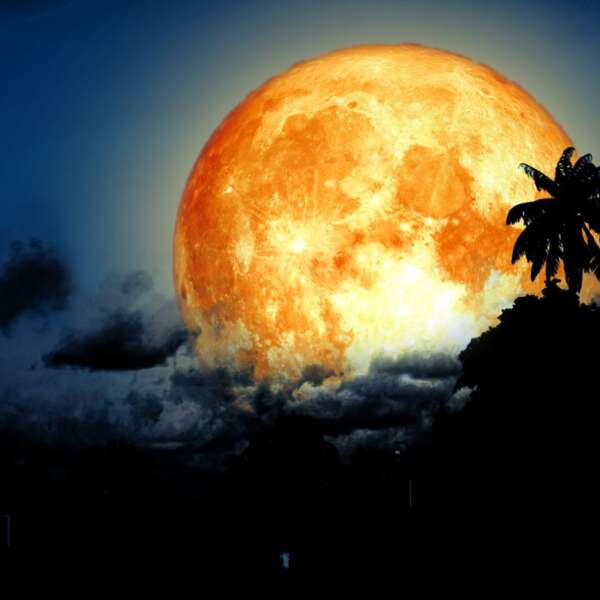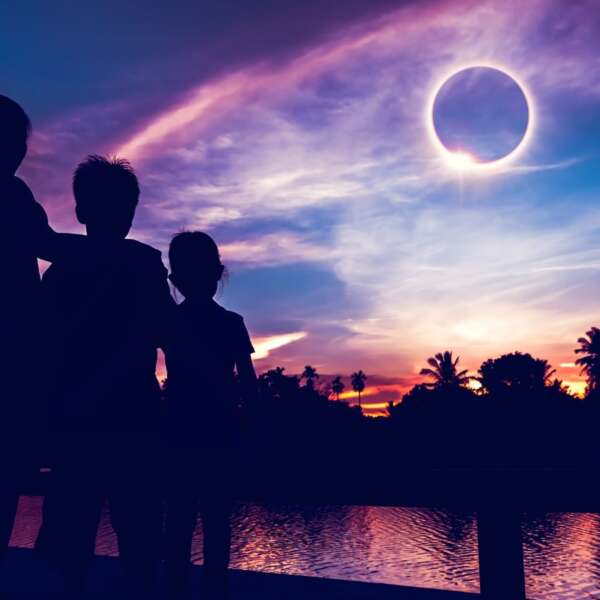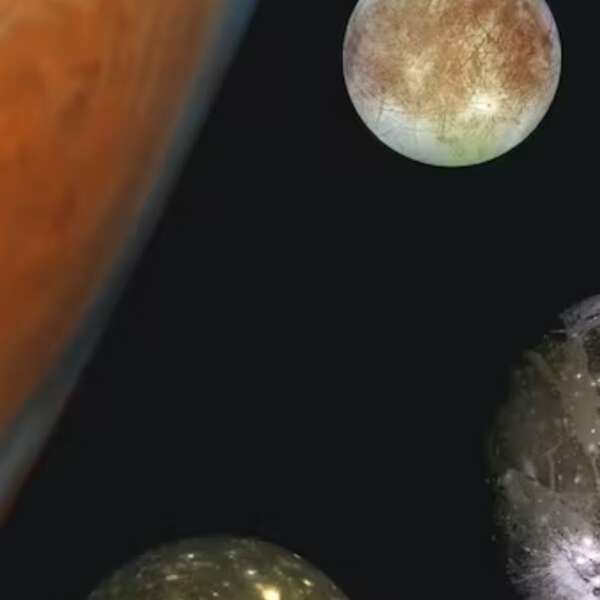Winter Solstice Quick Facts
The winter solstice, which occurs annually on December 21st or 22nd depending on the year, marks the shortest day and longest night of the year in the Northern Hemisphere. This event is significant because it marks the moment when the sun appears at its lowest point in the sky and is directly overhead at the Tropic of Capricorn.
Winter Solstice according to Science
From a scientific perspective, the winter solstice occurs as a result of the Earth’s tilt on its axis. The Earth is tilted at an angle of approximately 23.5 degrees relative to its orbit around the sun. This tilt causes the sun’s rays to hit the Earth at different angles throughout the year, resulting in the changing seasons.
During the winter solstice, the North Pole is tilted furthest away from the sun, causing the sun’s rays to hit the Earth at a lower angle. This results in shorter days and longer nights in the Northern Hemisphere. In contrast, the South Pole is tilted towards the sun, resulting in longer days and shorter nights in the Southern Hemisphere.
After the winter solstice, the days begin to get longer and the nights shorter as the sun slowly rises higher in the sky. This is because the Earth’s tilt begins to change, causing the sun’s rays to hit the Earth at a higher angle. This change in the Earth’s tilt is what causes the seasons to change.
Why some cultures celebrate winter Solstice
The winter solstice has been observed and celebrated by many cultures throughout history. In ancient times, people saw the winter solstice as a time of great importance, as it marked the start of a new year and the return of the sun. Many ancient cultures held festivals and celebrations to mark the winter solstice, often involving the lighting of fires or the exchange of gifts.
Today, the winter solstice is still celebrated by many people around the world. Some people choose to spend time with loved ones, exchange gifts, or participate in winter sports and activities. Others may choose to spend the day in quiet contemplation, reflecting on the past year and setting intentions for the year to come. Some people also choose to participate in solstice rituals or ceremonies, such as lighting candles or incense, or spending time in nature.
Conclusion
In conclusion, the winter solstice is a significant event that marks the shortest day and longest night of the year in the Northern Hemisphere. It is caused by the Earth’s tilt on its axis and marks the beginning of the winter season. The winter solstice has been celebrated by many cultures throughout history and is still observed and celebrated by people around the world today.















